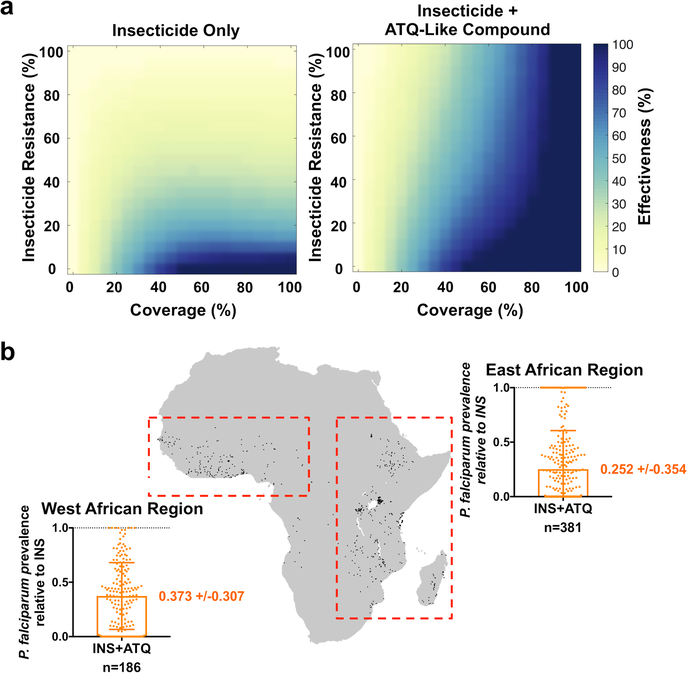Figure 3: Malaria transmission model predicts that adding ATQ to insecticide-treated nets would increase bed net effectiveness.
(a) Heat maps of changes in malaria transmission for bed net-like interventions using insecticide alone or insecticide plus an ATQ-like compound, relative to no intervention at varying coverage and varying insecticide resistance levels. The model considers an intermediate 45% prevalence of human infection (effects at lower and higher malaria prevalence are described in Extended Fig. 4). The “effectiveness” of the interventions is defined as (1 - proportion reduction in malaria transmission relative to no intervention) and is represented as colors ranging from yellow (no change in malaria transmission) to dark blue (elimination of malaria transmission) at varying levels of coverage (x-axis) and insecticide resistance (y-axis). Insecticide resistance is the percentage of mosquitoes that are impervious to insecticide; coverage is the probability of a mosquito encountering an intervention during a single feeding episode. (b) Predicted effects of adding ATQ to existing insecticide-treated nets in 567 African locations with available insecticide resistance data (indicated by black dots on the map of Africa). For each location, the model considers the estimated bed net coverage and P. falciparum prevalence in 2–10 year old children reported in 20151, and insecticide resistance levels reported between 2013 and 201817. The graphs show mean malaria prevalence for insecticide/ATQ combination bed nets (INS+ATQ), relative to insecticide only bed nets (dotted line at y = 1), for sampled sites in West and East Africa (red boxes, n = 186 and n = 381, respectively). Error bars represent one standard deviation from the mean prevalence. In both (a) and (b), the model outputs demonstrate that addition of ATQ substantially increases the ability of treated nets to reduce malaria transmission across a broad range of transmission settings.

